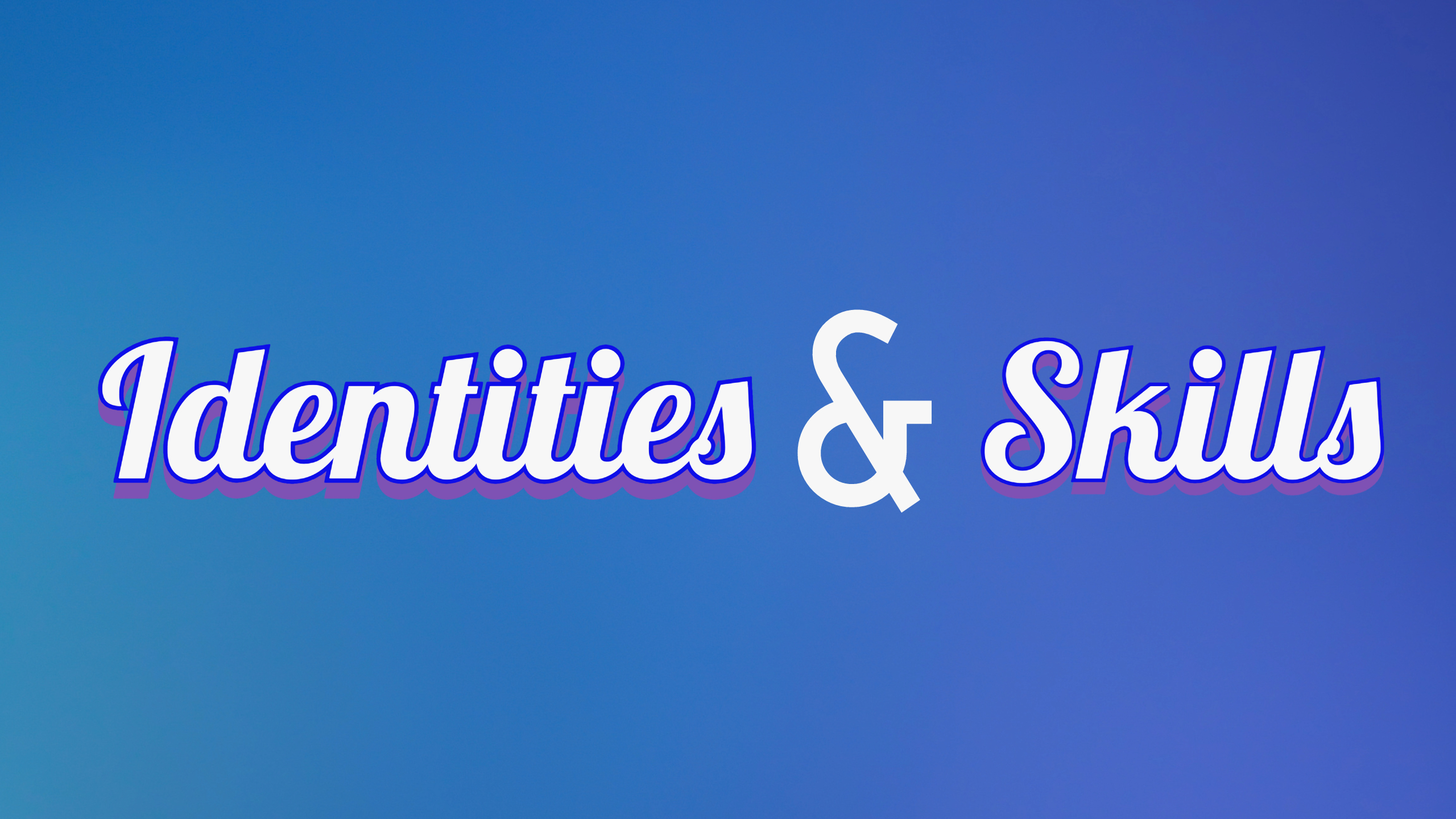
One thing to think about while assessing Gholdy Muhammad’s approach to teaching is how the different aspects of historically responsive literacy might intersect and interweave with each other to bolster and support your and your students’ work. How might we focalize each individual identity in our classroom while building the students’ skillsets—especially their habits of practice? In last Friday’s blog post, I wrote about two of the four ideas forwarded in Cultivating Genius. In this blog post, I want to think about some specifics on how we might bring those two aspects—identity and skills—into conversation with the University of Connecticut first-year writing habits of practice—collecting and curating, engaging, contextualizing, theorizing, and circulating. Below you’ll find some ideas that’ll hopefully help to get you started on how you can bring these two pedagogical frameworks into conversation in your own praxis.
How can we bring out their identity when thinking about collecting and curating?
We could consider a collecting and curating activity in which they represent themselves by creating a collage from old magazines. After this in-class activity, we could lead them through a discussion of the strengths and difficulties it took to collect, curate, and even circulate their identities in this way.
How can we bring out their identity when thinking about engaging?
One possible way is to invite them to write about someone in their life. They should use their words to describe the person, their relationship to them, and how they engage with that person. Then, the students could reach out to that person and share what they wrote, asking the person about what they wrote about them. Once they’ve done this, we could lead a classroom discussion about what the students noticed and what they might’ve engaged in a different way than their subject. This can lead to a discussion about engaging with a source and how engagement is based on point of view but also on trying to represent the author’s point of view accurately and correctly.
How can we bring out their identity when thinking about contextualizing?
Set a timer for 5 minutes and have the students write down everything that contextualizes them and their family. (If you want to make it even more interesting, you could give the class a single letter and every word has to start with that letter, like in Scattergories). Pair up the students and have them share their list with each other. Is there anything the same? Similar? Different? Have them discuss those similarities and differences to see that contexts change based on each person (but sometimes they’re the same too).
How can we bring out their identity when thinking about theorizing?
Watch a short episode or read a short story. As a class, choose a character depicted in the media (or split the class into different groups and assign them different characters). Ask the students to then create two columns on a piece of paper. On the left-side column, ask them to write things about that character, either from their past or in their future after the story has concluded. How did the character grow up? What happens to the character after “the end”? The students will be theorizing about the character. In the right column, have them write down the evidence for that theory. What is said in the story or shown on the screen that lends to that theory about the character’s identity? Share with the class what may happen to the character and the reason for those theorizations.
How can we bring out their identity when thinking about circulating?
Ask students to reflectively write about how they circulate themselves in the world. How do they pick their clothes? Their interaction spaces? Their online spaces? Their choice of social media apps? Lead them in a discussion about how that is them circulating their own identity through different media.
While these are just a few ideas of bringing Muhammad’s work into the framework of first-year writing curriculum at the University of Connecticut, I’d love to hear more about what you think about the two. Feel free to reach out to me at the ECE English email address. I hope your week is going great!